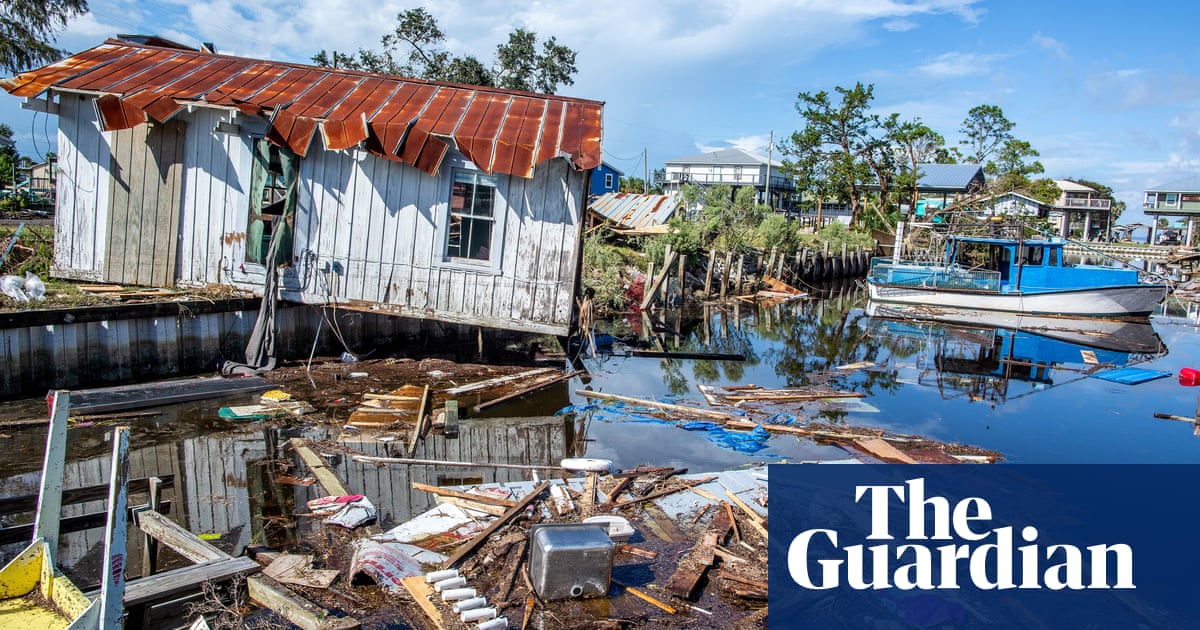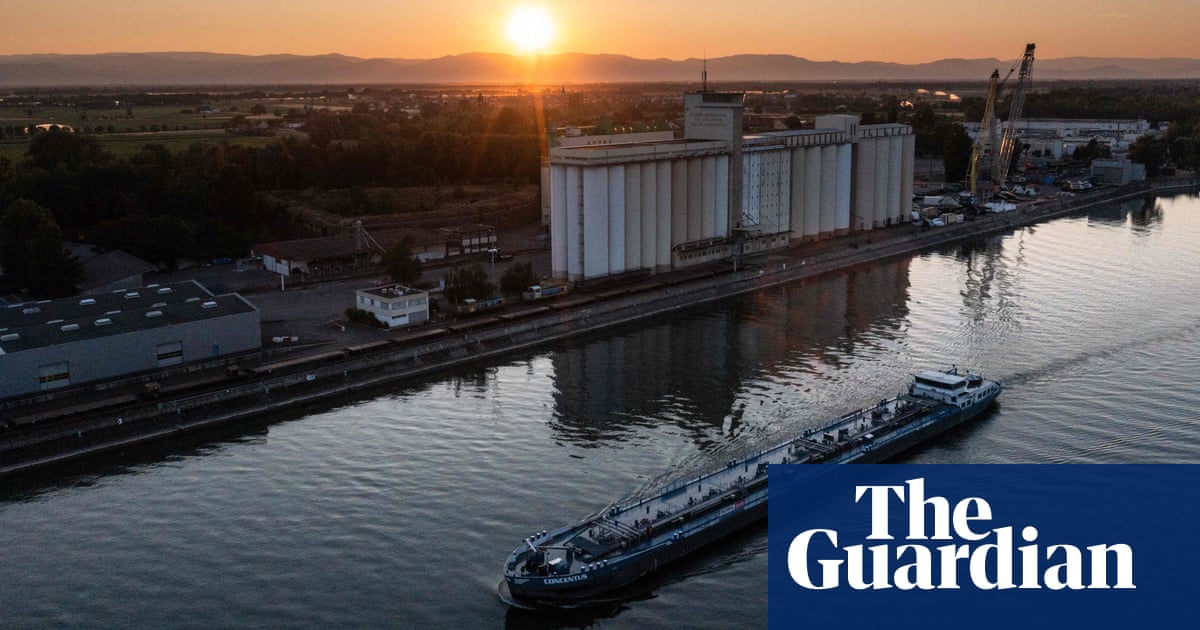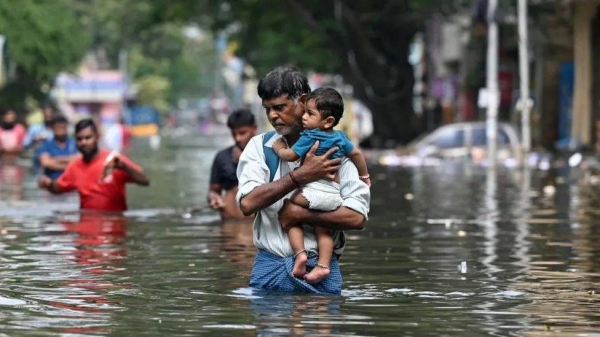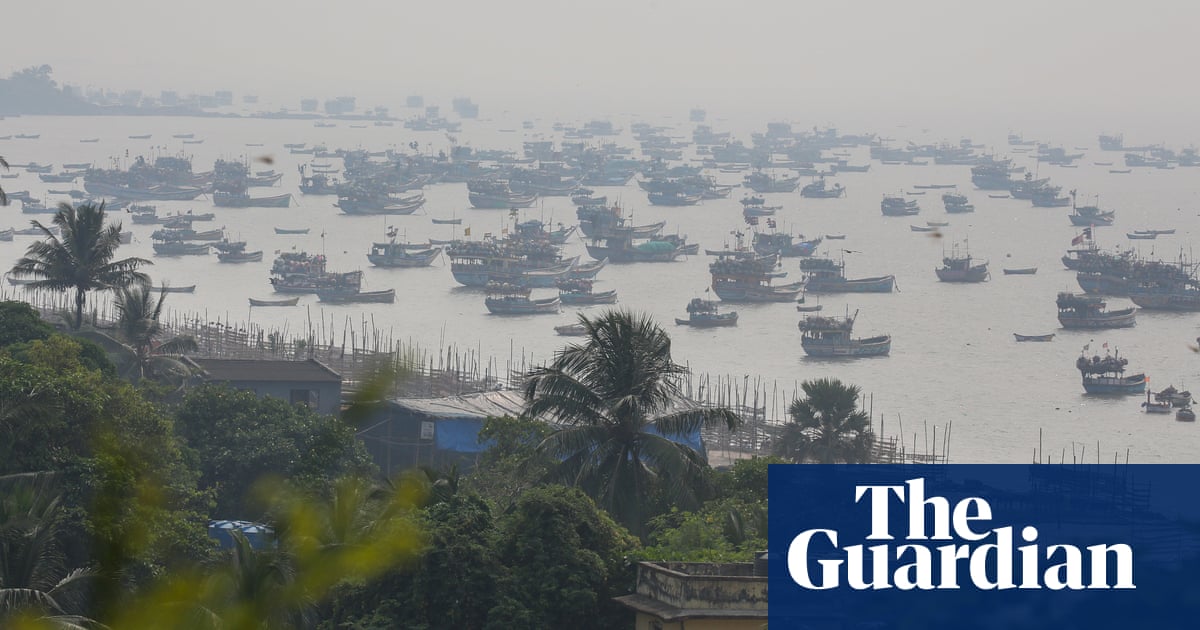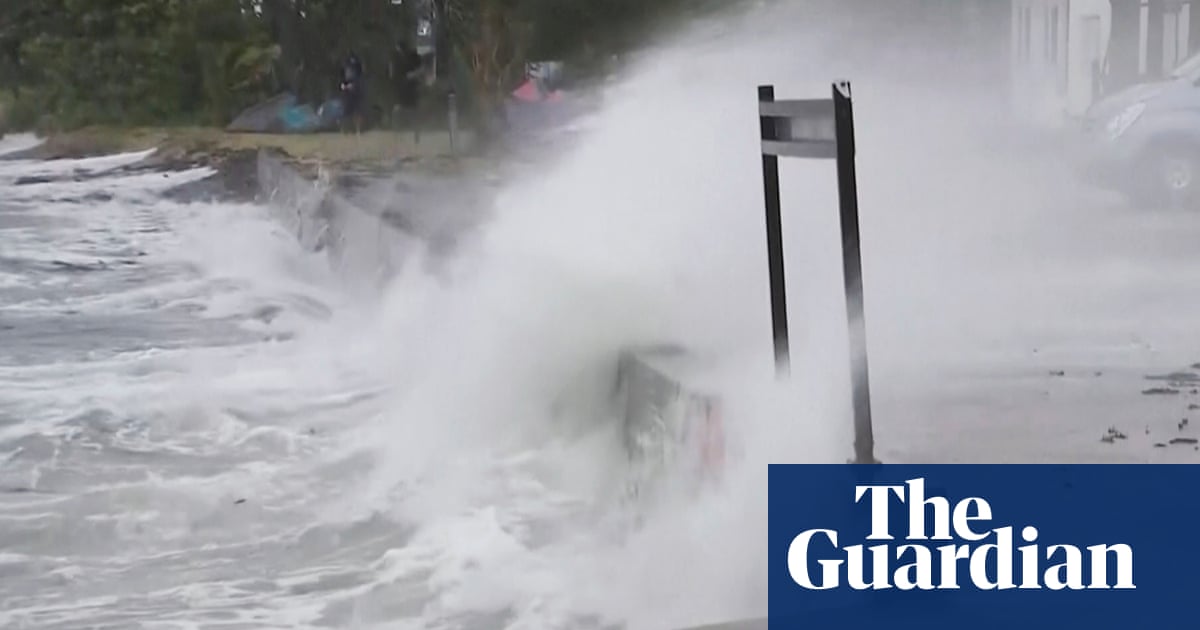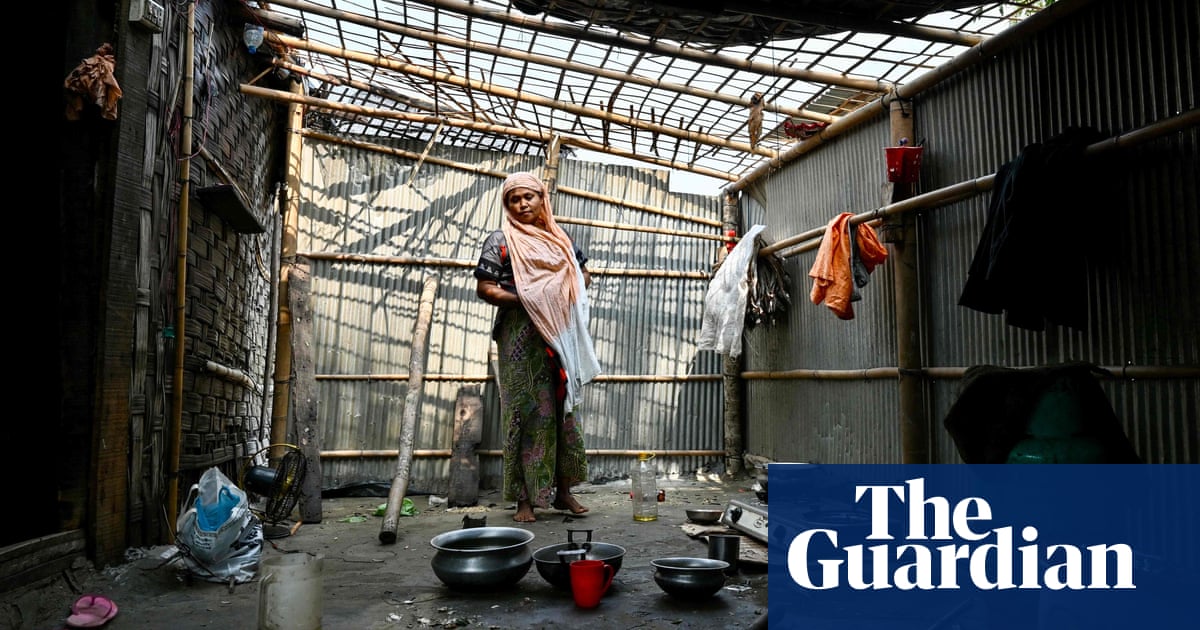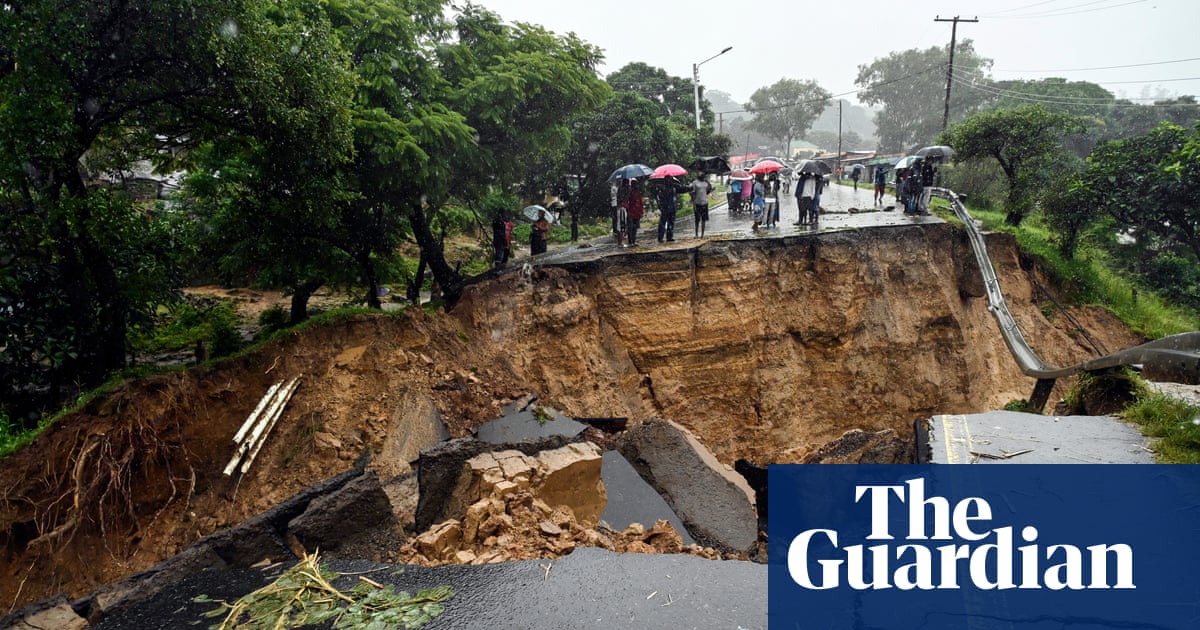
Cyclone Freddy, which developed over the Indian Ocean more than a month ago, has dissipated this week, after making landfall a second time in southern Africa. The death toll had exceeded 300 across Madagascar, Mozambique, and Malawi by Thursday, with more than 700 people injured, 40 missing and 80,000 displaced.
The devastation was caused by severe flooding and landslides, which swept away roads and buried homes in mud. Power outages in Mozambique have affected small villages since last weekend, hindering rescue efforts as people await food and medical assistance.
Before Freddy, Malawi was experiencing its deadliest cholera outbreak, and it is feared flood waters could exacerbate the situation and reduce access to safe water and sanitation.
The World Meteorological Organization is setting up a committee to evaluate if Freddy has broken the record for the longest-lasting tropical cyclone. The index used to measure the energy released by a tropical cyclone, known as accumulated cyclone energy, estimates Freddy had the equivalent energy of an entire North American hurricane season.
In California, the relentless conveyor belt of “atmospheric rivers” has continued to bring deluges of rainfall. It was the 11th such event this year and resulted in further flooding and mudslides that left 100,000 people without power by Thursday.
A state of emergency was declared in 43 of California’s 58 counties, with 11 deaths reported. One positive aspect of the continuous heavy rainfall is that longstanding water restrictions caused by drought have been partially lifted.
In Peru, a state of emergency was declared as Cyclone Yaku caused widespread flooding. Torrential rains on Wednesday inundated several northern regions, killing at least six people, according to the emergency services. The cyclone is the latest in a series of heavy rainfall events this rainy season, which has caused 58 deaths in floods and landslides.




